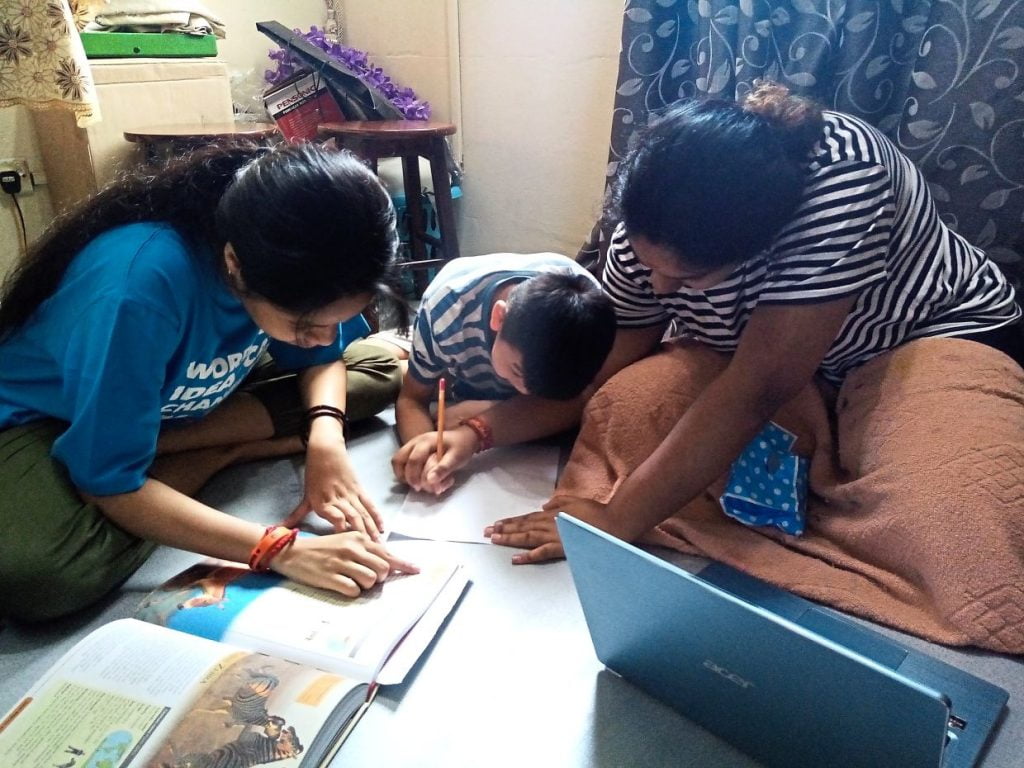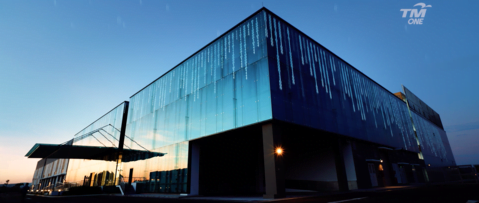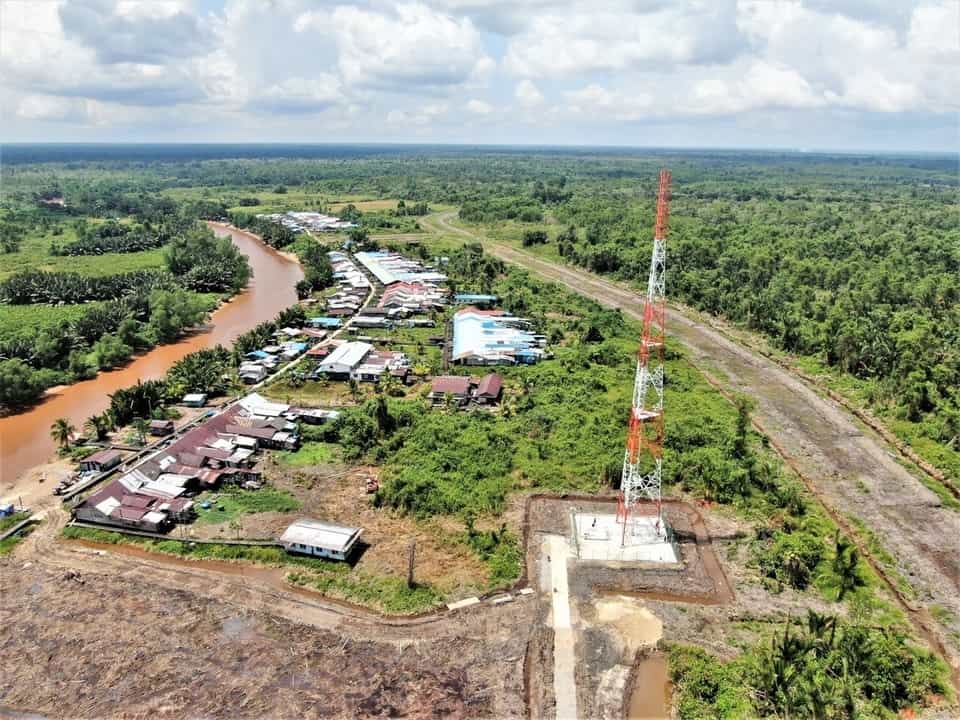For Sarawak, providing infrastructure, particularly physical ones such as roads and bridges, remains a priority to spur economic growth by way of enhancing connectivity and accessibility for the people.
In a world driven by rapid technological advancement, such connectivity and accessibility now involves enabling people in urban and rural areas to go online via high-speed broadband and mobile communications.
“In accelerating digitisation of the economy, provision of good digital infrastructure is critical to boost the growth in businesses, creating greater economic opportunities, opening up the local economy as well as strengthening digital connection with the rest of the world,” said Chief Minister YAB Datuk Patinggi (Dr) Abang Haji Abdul Rahman Zohari bin Tun Datuk Abang Haji Openg during the tabling of the 2021 State Budget in November last year.

Improving existing digital connectivity and establishing new ones are part of Sarawak’s digital economy agenda as well as its strategic recovery from the ongoing COVID-19 pandemic in order to become a high-income state by 2030.
Under Strategic Thrust Five – Advancing Digital Economy – of the 2021 State Budget, RM540.0 million has been allocated for digital economy initiatives that will be implemented this year.

One of the initiatives related to digital infrastructure is the enhancement of broadband connectivity in underserved rural areas through the provision of free Internet connection via very-small-aperture terminal (VSAT) technology.
Another is the construction of telecommunication towers throughout Sarawak, especially in rural areas. Whereas 300 towers have been built and are being implemented at various stages, another 300 are expected to begin works in 2021.
Upon completion, these towers are to complement initiatives under the National Fiberisation and Connectivity Plan (JENDELA) by the Malaysian Government that include 636 new towers.
Through its strategic collaboration with its federal counterpart along with its own other digital connectivity initiatives, Sarawak hopes to achieve 99.9 percent broadband coverage throughout the State.
The Necessity of Digital Infrastructure
Definitions of ‘digital infrastructure’ are diverse and complex. Economically, it can refer to the foundational physical resources or systems of a nation or a region, which are essential in enabling the use of data, processes, methods and digital devices.

Like physical as well as social infrastructures, digital infrastructure is a crucial element for socio-economic progress and prosperity, more so as citizens become increasingly dependent on digital technology to improve their livelihood and well-being.
In its Sustainable Development Goals progress report in May 2020, the United Nations stated that nearly the entire global population are located in an area that has mobile network coverage.
Under Goal Nine – “Build resilient infrastructure, promote inclusive and sustainable industrialization and foster innovation” – an estimation for 2019 showed that 96.5 percent of the world’s population are covered by at least a 2G network, while 81.8 percent covered by at least a Long-Term Evolution or LTE network.
There are several reasons as to why committing to investing and maintaining digital infrastructure allows a nation to boost socio-economic development through digital technology.
In its paper Foundational Digital Infrastructures For Inclusive Digital Economies, the Monetary Authority of Singapore points out four ways digital infrastructure assist in this economic acceleration:
- Supports increased access to public and private services for people, businesses and public institutions;
- Creates trust in a non-physical environment to enable everyone to interact and transact in a way that is authenticated and therefore safe;
- Drives open markets by establishing level playing fields that stimulate innovation in the interest of both growth and choice for users; and
- Possesses immense potential to lower cost by finding more adaptive and efficient ways of delivering digital services at scale.
However, to truly digitise an economy, a nation has to ensure that whatever digital economy initiatives that are carried out must be beneficial not just to the urban population, but also low income and rural communities.
Providing digital infrastructure and services is just one of many challenges a nation need to address to establish an inclusive digital economy.

It should consider, among others, the affordability of network services, digital devices and applications; the level of digital skills required to create or add value; and the degree of coordinated efforts among stakeholders such as governments, industry players and civil society organisations to promote social and economic equality.
Overcoming these challenges can then encourage people from all population segments to adopt new technologies to solve problems affecting their localities, which can potentially leads to new businesses and job opportunities, enhanced productivity and sustainability, and ultimately accelerated socio-economic growth.







